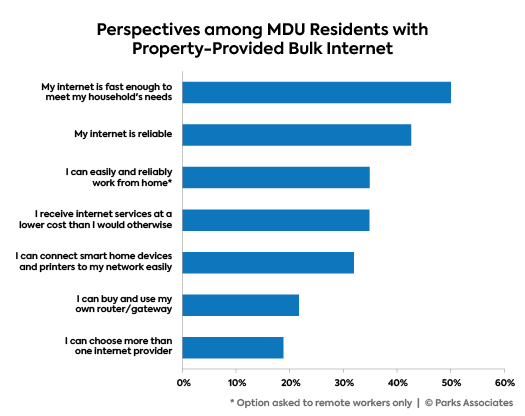Navigating the Complex Landscape of Compliance Guidelines for Network Protection in Multi-Dwelling Units to Guarantee Resident Security and Information Protection
Wiki Article
In the current world, numerous people live in multi-dwelling units, including flat buildings and condominiums. Such locations often share shared infrastructures for internet and additional amenities. While this arrangement can be convenient, it also brings up significant questions about network safety and compliance standards. Guaranteeing the security of residents and safeguarding their information is crucial. This piece will examine the intricate environment of regulatory standards for system security in multi-dwelling buildings, focusing on how these standards assist keep tenants secure and secure.
One of the primary regulatory standards that pertain to system safety is the General Information Privacy Regulation (GDPR). This law is designed to protect individual data and privacy for individuals within the EU Union. While it primarily applies to companies operating in Europe, its tenets can influence procedures in different regions as well. For multi-unit buildings, adhering to GDPR requires establishing strong information safeguarding measures. This entails ensuring that tenants' individual information is gathered, stored, and processed securely. By adhering to these guidelines, property administrators can help build confidence with residents and guarantee their data is protected from illicit access.

A further significant standard is the Healthcare Coverage Portability and Accountability Law (HIPAA), which safeguards sensitive patient data in the healthcare sector. In multi-unit buildings, especially those that provide healthcare services or have residents with particular health requirements, adherence with HIPAA is essential. This means that any health-related data collected from residents must be maintained private and protected. Property administrators look these up must ensure that their network systems are configured to avoid data breaches and unauthorized intrusion. By taking these steps, they not only comply with legal requirements but also foster a secure living environment for all tenants.
In addition to GDPR and HIPAA, the Credit Card Payment Sector Data Security Guidelines (PCI DSS) is a further critical compliance standard. This guideline is especially important for multi-dwelling units that accept debit card transactions for lease or services. PCI DSS outlines security protocols that must be implemented to safeguard customer data. This includes encrypting confidential data and frequently monitoring system security. By following PCI DSS guidelines, building managers can reduce the risk of information leaks and safeguard tenants' financial information, which is vital for maintaining their confidence and security.
Finally, it is crucial for multi-unit buildings to stay informed on local and national laws regarding system safety. Regulations and guidelines can change, and staying informed is crucial for compliance. Property administrators should frequently assess their safety protocols and practices to ensure they meet current requirements. This proactive approach not only helps in maintaining adherence but also improves the general safety of the system. By focusing on tenant security and information safeguarding, multi-unit buildings can create a secure living environment that fosters trust and peace of mind among residents.
In conclusion, navigating the complex landscape of compliance standards for system security in multi-dwelling units is essential for ensuring resident safety and data protection. By understanding and implementing standards like GDPR, HIPAA, and PCI DSS, property managers can create a secure environment for their residents. Staying informed about regional laws and regularly assessing safety protocols further improves this dedication to security. In the end, a robust emphasis on compliance not only protects residents but also builds a sense of community and trust within multi-dwelling buildings.